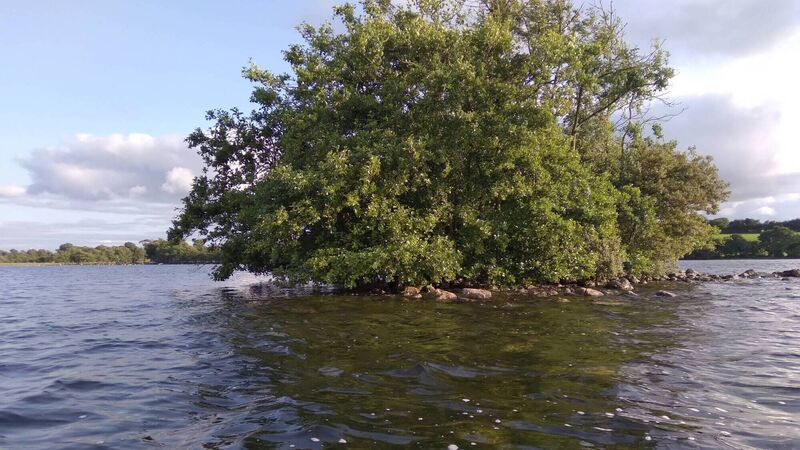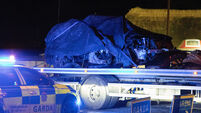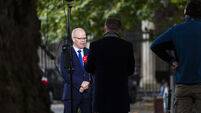Islands of Ireland: Ask not for whom the bell tolls


- How to get there: In the absence of any commercial operation kayaking is your only option. Kayaks must be cleansed thoroughly before embarking on the lake due to the risk of spreading invasive species.
- Other: On the Bell from Lough Lene in the Academy’s Museum; William Barlow Smythe; Proceedings of the Royal Irish Academy; Vol. 2 (1879 - 1888); maps.archaeology.ie/HistoricEnvironment











